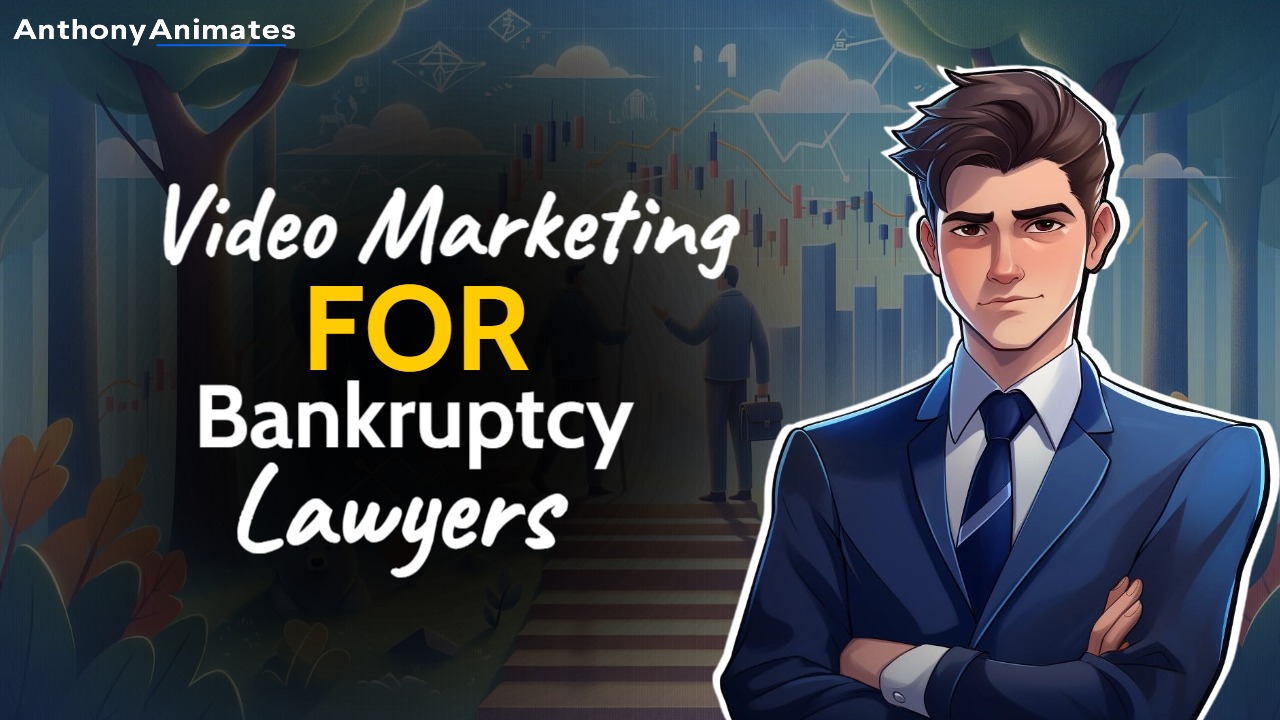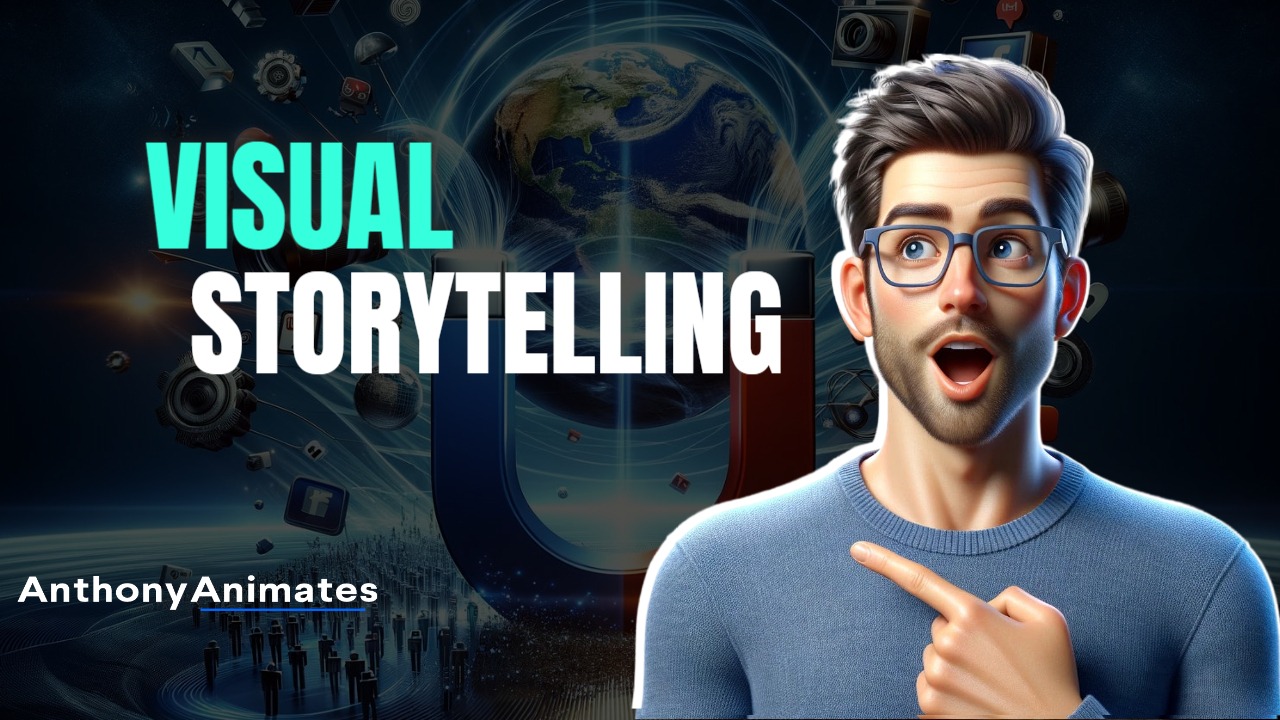We've all been there—staring at our resumes, wondering how to explain that gap in our work history. But what if we told you that a career break, no matter the reason, could actually be a good thing for your animation career? It's true! Time away from the daily grind can offer valuable opportunities for growth, skill development, and a fresh perspective. Think of it as a chance to level up your skills and return to the animation industry stronger than ever.
Key Takeaways
- Time away from your animation career can actually strengthen it. Think of it as a chance to develop new skills, explore different creative avenues, and return with fresh eyes and a unique perspective.
- Your portfolio and resume are your first chance to make a strong impression. Feature your best work, highlight technical skills, and be prepared to address any employment gaps clearly and positively.
- Networking is key in the animation world. Reach out to your contacts, attend industry events, and don't hesitate to connect with other animators – you never know what opportunities await!
What is a Career Break in Animation?
A career break is simply a period of time when you've stepped away from your professional life. It happens! This could be a temporary pause or a longer break, and it's often due to a mix of personal or professional reasons.
How Did the Pandemic Impact Animation Careers?
The pandemic threw everyone a curveball, and the animation industry was no exception. Graduating into lockdown led many people to rethink their career paths. Some folks hit pause on their animation dreams, while others explored different fields.
What Are Common Reasons for Career Gaps?
Career gaps are more common than you might think, and they happen for all sorts of reasons. Maybe you needed to prioritize family, or perhaps you were dealing with a health issue. Maybe you decided to go back to school or simply needed time to figure out your next move. Whatever the reason, remember that it's okay to take a step back when you need it. The important thing is to be prepared to re-enter the workforce strategically when you're ready. Explaining employment gaps on your resume can and should be done in a positive and transparent way.
Reframe Your Career Break: It's a Growth Opportunity
Taking a step back from your animation career, whether by choice or circumstance, doesn't have to be a setback. Think of it as a chance to hit the refresh button. This time allows you to gain new skills, explore different creative avenues, and return to the industry with a fresh perspective.
Identify Your Transferable Skills
You've heard it before, but it's worth repeating: skills you've acquired outside of your animation work can be incredibly valuable. Maybe you've honed your project management skills while juggling family responsibilities, or perhaps you've flexed your creative muscles through a personal artistic endeavor. These experiences demonstrate adaptability and a willingness to learn — qualities employers value. When explaining employment gaps on your resume, focus on the positive and highlight how your experiences, even outside of a traditional work setting, have strengthened your skillset.
Showcase Personal Projects and New Skills
Did you know that being an animator requires a unique blend of creativity, technical prowess, and a keen eye for detail? Use this to your advantage. Your time away from a studio environment might have allowed you to experiment with new animation software, develop a distinct visual style, or even tackle passion projects you didn't have time for before.
Don't underestimate the power of a well-crafted personal project. It demonstrates your initiative, passion, and commitment to staying current with industry trends. Think of it as a testing ground for new techniques and a way to build a portfolio that reflects your evolved skillset.
Enhance Your Portfolio During Downtime
Let's be real, taking a career break sometimes means hitting pause on updating your portfolio. But downtime is actually the perfect time to revamp your portfolio and make it shine. Think of it as a chance to step back, reassess, and present your strongest work yet.
Quality Over Quantity: Show Off Your Best Work
Remember, your portfolio is a highlight reel, not a storage locker. It's better to feature a few stellar pieces that showcase your abilities than to overwhelm viewers with mediocre work. Ditch outdated projects and highlight the work that truly represents your current skillset. Need help deciding what to keep? Anthony Animates can offer expert advice on crafting a portfolio that packs a punch.
Demonstrate Versatility and Technical Skills
The animation world is all about pushing boundaries. Use your portfolio to show potential clients you can handle different styles and techniques. Maybe you've mastered 2D explainer videos or have a knack for whiteboard animation. Don't be shy about showing off your expertise in industry-standard software like Blender or After Effects. Highlighting these technical skills can make a big difference when you're ready to connect with potential clients.
Include Process Work and Storytelling
Animation isn't just about pretty pictures; it's about telling captivating stories. Consider including process work in your portfolio to give viewers a peek behind the scenes. Show them your creative process, from initial sketches to storyboards to the final product. Let your portfolio demonstrate your ability to bring narratives to life. After all, a compelling story can make any animation unforgettable.
Communicate Effectively with Recruiters
Returning to animation after a break isn't just about updating your demo reel—it's about confidently communicating your journey to potential employers. Recruiters are interested in understanding your skills and how you'll contribute to their team.
Craft Your Career Break Narrative
Honesty and clarity are key when addressing employment gaps on your resume. Instead of just listing dates, consider adding a brief explanation for the gap. For example, you could include "Parental Leave" or "Personal Sabbatical" to provide context. When discussing your break, focus on any growth or skills you gained during that time. Did you take online courses, volunteer, or work on personal projects? These experiences demonstrate your commitment to professional development and can reassure potential employers.
Address Potential Concerns Head-On
Don't shy away from your career break in your cover letter. Instead, use it as an opportunity to showcase your resilience and ability to learn from experiences. Briefly explain the gap and connect it to how it benefited you. For instance, you might say, "During my time away from a studio environment, I honed my skills in character rigging through freelance projects, which allowed me to explore new styles and manage client expectations directly." This approach highlights your proactive approach to staying current and adaptable.
Highlight Valuable Skills and Experiences
The animation industry is constantly evolving. New technologies and techniques emerge frequently, which can create a demand for specific skills. Take the time to identify any areas where you might need to close a skills gap. Research from Business of Animation suggests that soft skills are particularly important. When communicating with recruiters, emphasize your soft skills, such as communication, collaboration, and problem-solving. These skills are highly transferable and valuable in any work environment.
Prepare for Interviews: Address the Gap
Okay, so you've revamped your portfolio, honed your skills, and you're ready to get back out there. Let's talk about how to tackle those interview questions about career breaks.
Practice Explaining Your Career Break
Honesty and a positive attitude are key. Think of your career break not as a void, but as a time of purpose that provided valuable experiences. When explaining the break, keep it concise and focus on what you gained during that time. Frederick Works offers some helpful tips for communicating this effectively to potential employers.
Let's say you spent a year caregiving for a family member. You can frame it like this: "I took some time away from a formal work setting to focus on family responsibilities. It was a challenging but rewarding experience that strengthened my organizational skills and ability to manage multiple priorities." See? You've turned a potential question mark into a positive.
It's also helpful to practice your response out loud. Consider doing mock interviews with a friend or mentor. This will help you feel more confident and articulate when discussing your career break with potential employers.
Emphasize Your Readiness to Return
Interviewers want to see that you're genuinely excited to be back in the animation game. Highlight any steps you've taken to stay current with industry trends and software. Did you take any online courses or workshops during your time away? Mention them! Don't forget that your cover letter is a great place to start addressing this.
For example, you could say, "I recently completed a course on character rigging in Blender to expand my skillset and stay up-to-date with the latest animation techniques." This demonstrates your commitment to professional development and passion for animation.
Remember, your enthusiasm is contagious! Let your passion for animation shine through, and don't be afraid to discuss how your career break has ultimately made you a stronger and more well-rounded animator.
Rebuild Your Animation Career: Take Action
You've reflected on your skills, polished your portfolio, and you're ready for the next step: getting back in the game. Here's how to gain momentum:
Consider Freelance and Contract Work
Think of freelance and contract work as your animation career on-ramp. Freelancing lets you choose projects that genuinely interest you, build a diverse portfolio, and connect with new people in the industry. It's a low-pressure way to ease back in and showcase your skills.
Continuously Learn and Develop New Skills
The animation world is constantly evolving. Consider taking a few online courses or attending workshops to brush up on your existing software skills or explore new animation techniques. Strong storytelling is also essential. Narrative skills, like understanding story structure, character development, and pacing, are just as important as technical abilities.
Leverage Your Network
Networking might feel a little awkward, but it's essential in a creative field like animation. Reach out to former colleagues, classmates, and industry contacts. Let them know you're looking to get back into animation – they might be aware of opportunities. Attending industry events or joining online forums is a great way to meet other animators and potential mentors. Building a strong network can open doors to new opportunities and collaborations.
Stay Resilient: Embrace Change in Animation
Let's face it, the animation industry is constantly evolving. What was cutting-edge a year ago might be old news today. Don't let this intimidate you! Think of it as an exciting challenge and a chance to grow.
Adapt to New Technologies and Trends
New software, techniques, and even distribution platforms pop up all the time. Remember those animators who were early adopters of Adobe Animate or Toon Boom? They were ahead of the curve! This can be attributed to the fact that animation skill gaps are often influenced by new technology entering the industry.
Carve out time to experiment with new tools and stay updated on industry trends. Take online courses, attend webinars, or even just follow influential animators on social media. The more you know, the more adaptable you'll be. Aspiring animators need to have a strong understanding of the technical aspects of animation, and proficiency in animation software is essential for creating professional-quality animations.
Think about it: new technologies often lead to new job opportunities. By expanding your skillset, you'll be ready to take on those exciting new roles.
Build a Support Network
You're not alone in this journey! Connecting with other animators is invaluable. Join online forums, attend industry events (even virtually!), and reach out to people whose work you admire. One of the best ways to stand out from other candidates is to build a strong network and reputation in the animation community.
Mentorship is also incredibly valuable. Finding someone who's been in the industry for a while can provide guidance, support, and honest feedback. Consider seeking out internships at smaller studios where you might gain broader experience and responsibilities. Remember, even seasoned professionals rely on their network for advice and inspiration.
Frequently Asked Questions
How can I make my animation portfolio stand out after taking a career break?
It's all about showcasing your best, most recent work. Think quality over quantity. Highlight projects that demonstrate growth and include a variety of styles and techniques. Don't forget to weave in storytelling! A captivating narrative can make your work unforgettable.
I'm feeling a bit intimidated about returning to animation after some time away. Any advice?
It's completely normal to feel that way! Remember that everyone's career path is different. Focus on what you did accomplish during your time away from a studio environment. Did you gain new skills? Work on personal projects? These experiences demonstrate adaptability and a willingness to learn.
How do I explain my career break to potential employers without feeling self-conscious?
Honesty and a positive attitude are key. Frame your career break as a time of purpose, highlighting any skills or experiences you gained. Practice your response out loud so you feel confident and prepared when discussing it in interviews.
What's the best way to catch up on industry trends after being away from animation for a while?
The animation world moves fast! Online courses, workshops, and webinars are your best bet for brushing up on software skills and exploring new techniques. Following influential animators on social media and attending industry events (even virtually!) can also keep you in the loop.
I'm feeling a bit lost on how to actually find animation work after taking a break. Where do I even begin?
Start by leveraging your network! Reach out to former colleagues, classmates, and industry contacts. Freelance platforms and contract work can also be great stepping stones to ease back into a studio environment. And don't underestimate the power of networking events and online forums for connecting with potential collaborators and mentors.


